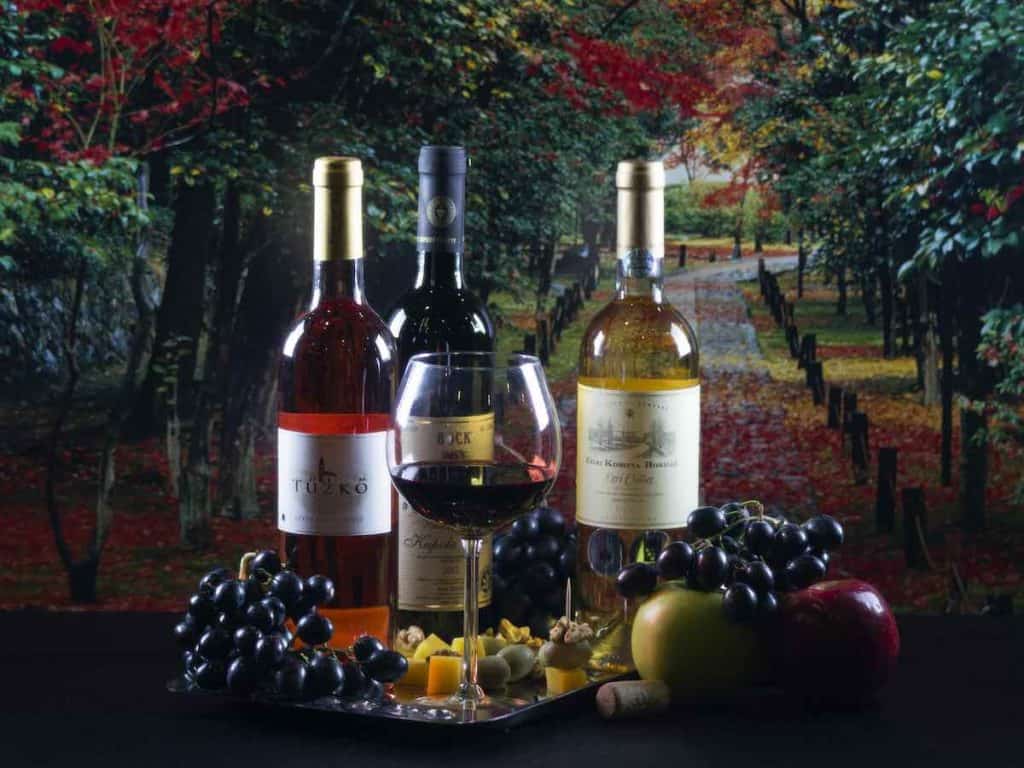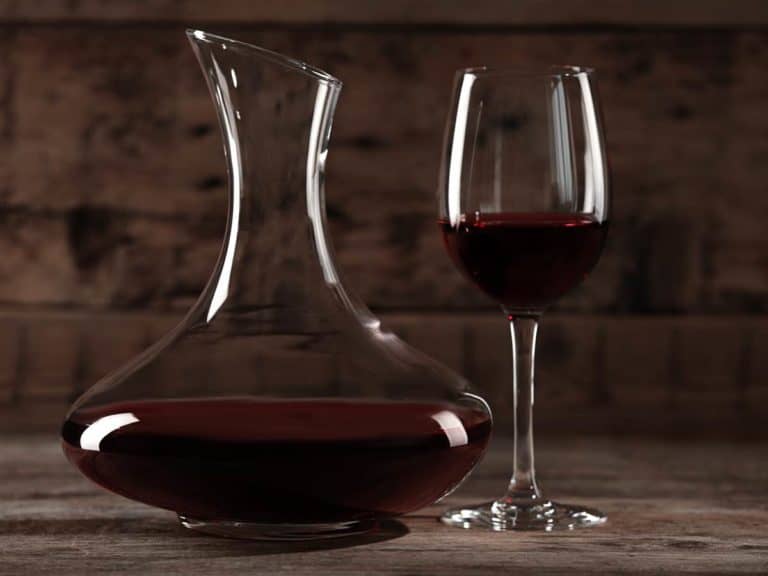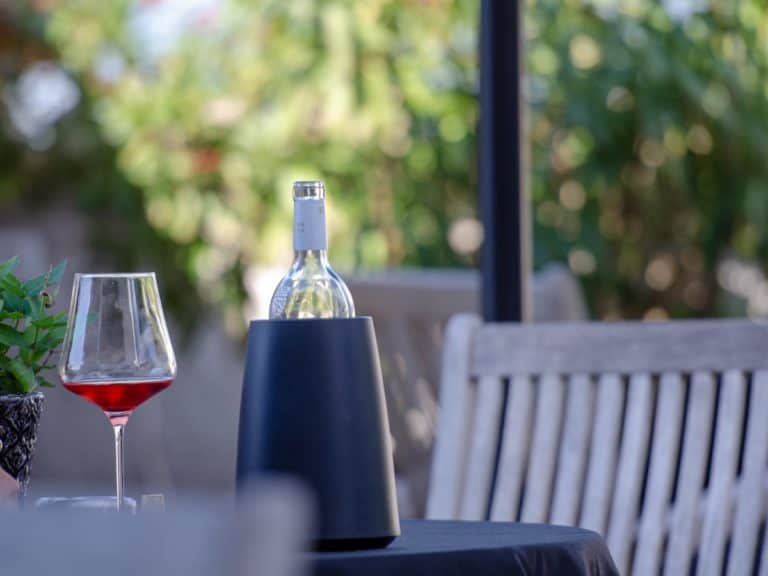Is Rose Wine a Mix Of Red And White?
Rosé wine has not always been the most popular type of wine, but lately, it has been growing in demand. With it becoming more popular, more people are curious about making it. Many people believe that it is a mix of red and white wine, but this is a common misconception.
Rosé wine, although it may look like it, is not a mix between red and white wine. The process of making the wine differs from the two types of wines to make it that pink color, and so that is why many people believe that it is a mix.
There is quite a bit that goes into the making of Rosé wine. The process is similar to the two popular wines, yet still, it is own. Here is everything you need to know about creating a bottle of Rosé.

Is Rosé A Mix Of Red And White Wine?
Rosé wine is not a mix of red and white wine. The result of its color isn’t because of two wines mixing, but because of the process, it takes to get Rosé. The bottles are caused by skin contact or “saignée.”
Most of the time, you will see a mixing of wines with Rosé Champagne. This is the result of blending red and white wine. This is often not the case for creating Rosé wines.
There are a few winemakers that may blend red and white wine to make Rosé wine. This happens when a little red wine is added to a container of white wine. This common practice is known in Germany as you would never find other winemakers in France using this method.
Some newer wine producers have also been known to use this method, but it provides a cheaper quality of wine. Fine winemakers will not use this method.
How Is Rosé Wine Made?
Although blending the wines could be a process, there are two processes to creating rose wines that are most commonly used. These methods are skin contact and saignée.
Skin Contact
This method occurs when wine produces intentionally grown grapes for Rosé wines. They will harvest the grapes early to obtain the acidity and bright fruit flavors an early harvest offers. The following maceration process is the same as red wine.
Normally, this maceration process will be much longer with red wines, but for Rosé wines, the period is only a few hours to a week. This is why Rosé wines are much lighter than red wines. They don’t have as much time to darken in color. Then the wine is taken and fermented.
Some winemakers will use a direct press that makes pale Rosé wines from darker-skinned berries. This process is often used in white winemaking, but it can also be used for Rosés. When the skin breaks on the grapes, that is how you get that tint of color.
Saignée
The term saignée comes from the French word “to bleed,” which means that the Rosés are a by-product of red wine instead of grapes intentionally being grown to produce Rosé. Many wine producers will use this technique over the “skin contact” technique to provide more flavor.
To get this byproduct of red wine, winemakers will bleed some wine off early in the maceration process to concentrate the juice. The lighter juice is separated into the rose. This flavor is richer and fruitier than other Rosés that are often a little lighter in flavor.
Can Winemakers Mix Wines?
Many winemakers can mix a little red wine with white wine to get Rosé wine, but you will not find this with fine wine producers. French appellations won’t allow it except for Rosé Champagne.
The Rosé will not be of high quality when you mix the wines this way. Many experienced winemakers use skin contact and saignée methods to produce a more high-quality wine for their consumers to keep the quality.

What Are The Differences In Red, White, And Rosé Wine?
As many know, each type of wine is different, especially in its flavor, and although the process to make the wines are similar, there are some differences to make each type of wine unique. Any wine connoisseur will tell you this. Here are the many differences between each wine.
Red Wine
The methods of each wine are quite similar, and red wines have both the seeds and skin left in the juice during fermentation. Red wine gets its color from the color of the grapes, which can impact the flavor and texture of the wine.
The red wine may not be as dark when grapes with thinner skins are used. Thicker-skinned grapes, though, provide more flavor and fuller body wines. The maceration process is also much longer than Rosé wines.
Rosé Wine
Rosé wine is similar because thicker-skinned it is made of red or purple grapes. All the parts of the grapes are still used in the maceration process. This process is much shorter than with red wines, which is why the color of Rosés is much lighter than red wines.
White Wine
White wines are mainly made from white or green grapes but can be made of any color. This is because the skin and the seeds are removed immediately after crushing. There are no skins to change the color of the juice and wine.
White wine only ferments the juice, so this is why the color of the wine is either clear, pale, or light green. The only reason that other grapes may not be used is that it doesn’t produce the same flavor without the skins, so that you won’t get quality wine from these grapes.
Summary
Rosé wines, although similar to red wines, are made differently. It isn’t quite a red wine, nor is it quite a white wine. It is a unique style, and not a mix of red and wines. And if you are just starting with wines, a class of Rosé may be the best option for you.
You will find a variety that goes from soft, sweet Rosés to bold and full of flavor Rosés. The choice is yours.





